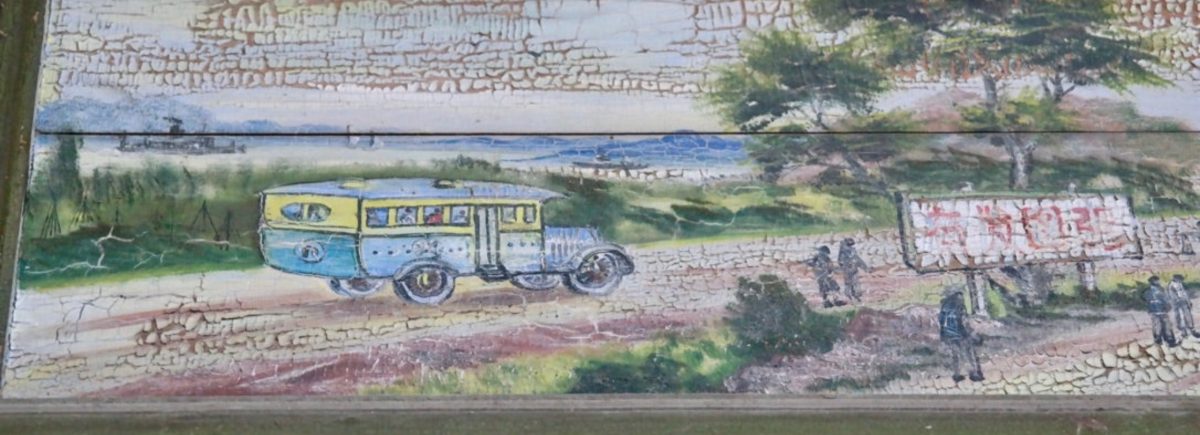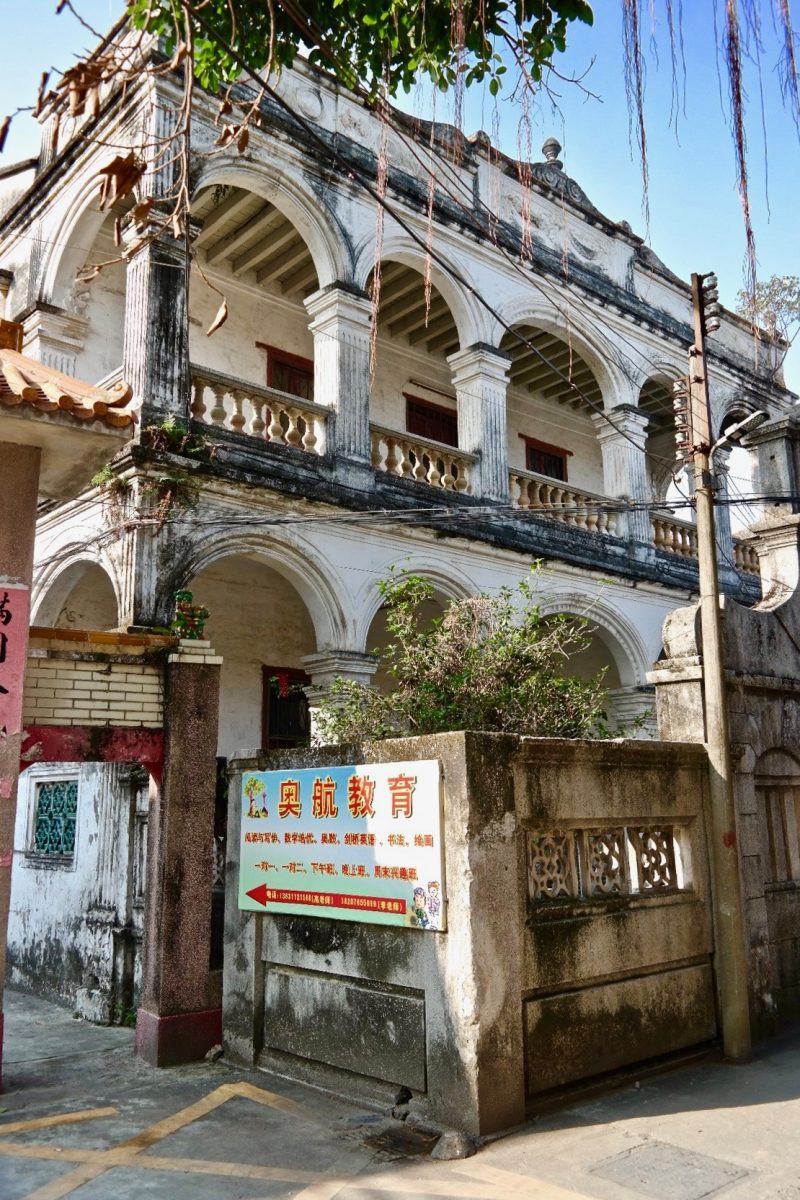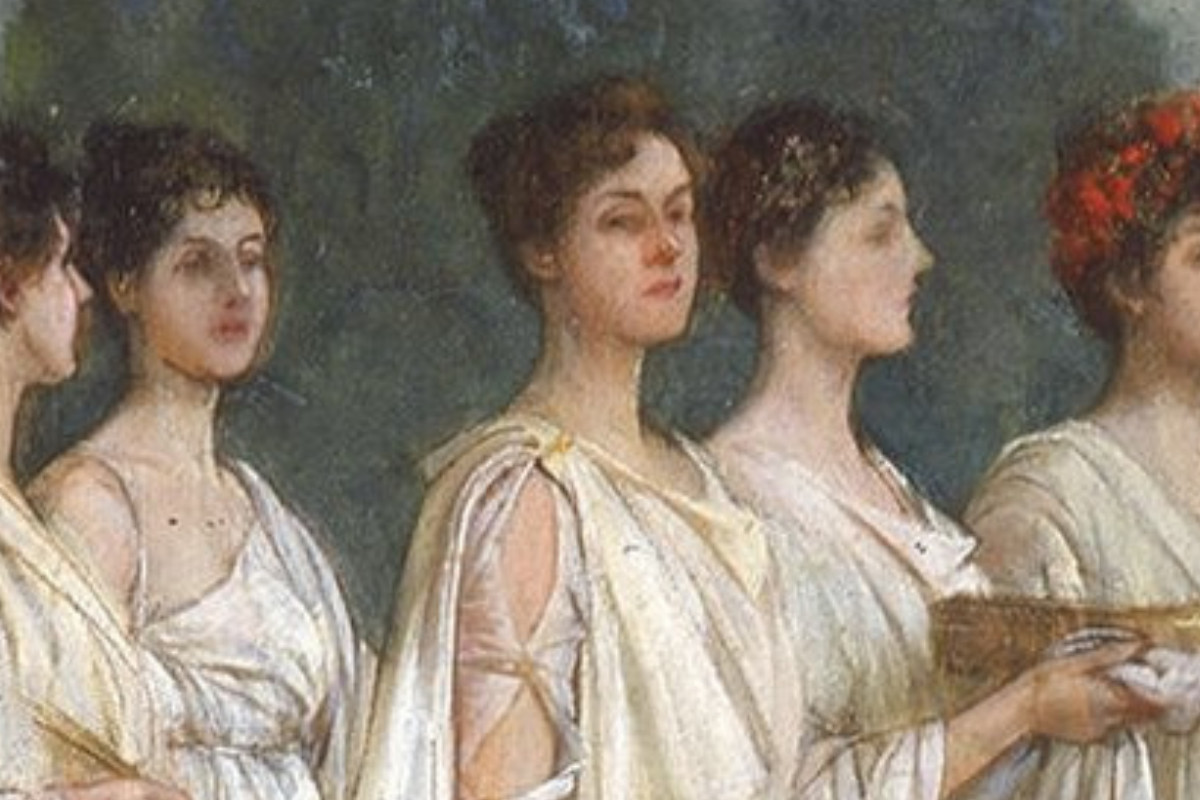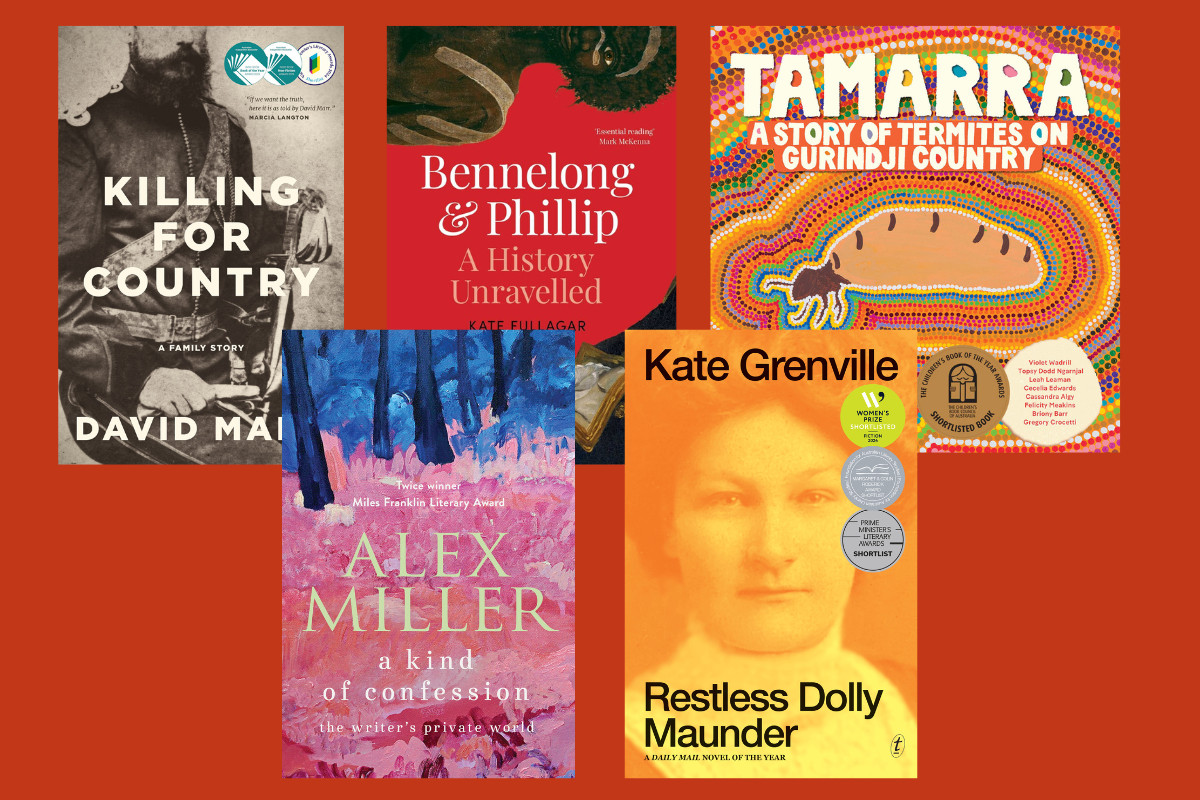
In the last decades of the nineteenth century, a new kind of house began to appear in the emigrant villages of Zhongshan County, Guangdong Province. Built by Chinese migrants living in or recently returned from Australia, this house was at first simply a larger or ‘stretched’ versions of the vernacular single-storey, gable-roofed brick house seen in these agricultural villages. But by the 1910s it had taken distinctive form. It featured glass-paned windows and the interior of what was now a two-storey house began to include elaborate room-dividing wooden screens painted with a mix of traditional motifs and landscape scenes with modern elements. A decade later, even larger houses began to be built by migrants and their village-based relatives. In a radical departure from the earlier migrant-built dwellings, these had European-style neoclassical facades, complete with porticos supported by Greek columns. Finally in this stylistic series, in the 1930s a number of mansion houses were constructed, including an Art Deco house surmounted by a two-storey turret, by entrepreneurs who had made their starting capital in the wholesale fruit trade centred on Sydney’s Haymarket.
Australian houses & the labour and dreams of Chinese migrants

Hundreds of these houses still survive in the villages of Zhongshan, many of them now designated as heritage properties. They are known locally as ‘Australian houses’, a fitting enough epithet except for the fact that they are at least as much ‘Chinese’ as they are ‘Australian’. They take their architectural inspiration from the colonial neoclassical houses of nearby Hong Kong that were built by Europeans and wealthy Chinese merchants, many of the latter being Zhongshanese who had taken up residence in the British colony. And yet, while the houses in Zhongshan have their foundations sunk in the soil of China they can equally be seen as a crystallisation of the labour and dreams of Chinese market gardeners, cabinet makers, and shopkeepers in Australia.
Thousands of Chinese men had arrived in Australia from southern China in the 1850s looking for gold, as reflected the 1861 census in which over 38,258 people in Australia were recorded as having been born in China. Many subsequently returned there, but those who stayed on and those who arrived in the following decades, often from the same villages, remained economically, socially, and religiously integrated in their families and lineages at home. Many had wives and children there and they typically remitted a significant proportion of their income in Australia back to China. The new houses which sprang up in the villages of Zhongshan County were early example of the ‘remittance houses’ that today are scattered across the countryside of India, the Philippines, Mexico, Russia and the many other migrant-sending countries. The houses act as placeholders for absent villagers for whom they lend a proxy presence in their birthplace, nourishing what some have called the ‘myth of return’. For loved ones who have stayed behind, often the houses become sites of waiting and longing for missing family members who may never permanently return.
Much of the built heritage of Chinese migration emerged in the context of an aspirational modernity that was at odds with the prevailing view among Europeans in the places like Australia and the United States that the Chinese belonged to a premodern race. Among white Australians in the decades either side of 1900, the Chinese were seen as representatives of a timeless and inferior race that was incompatible with the modern egalitarian and democratic values that white settler society proclaimed for itself. Yet, as John Fitzgerald[1] has shown, in reality Chinese Australians often embraced modernity, adopted the latest clothing fashions and were early consumers of radios and new model bicycles and cars.
Houses as emblems of modernity
Back in the villages of Zhongshan, the diaspora were often the frontrunners of modernisation. Jan See-Chin, who migrated to Queensland from Ho Tau village, returned to Zhongshan in 1915 and in the 1920s drew on wealth he had accumulated from his Queensland sugar plantations to build an electric power plant for the village. Migrant-built houses in Zhongshan in this period began to feature wall-paintings with modern subjects on their interior and exterior walls. In the 1920s, steamships, motor buses and even aeroplanes began to appear in painted scenes on the interior or exterior walls of remittance-built houses in Zhongshan. These emblems of modernity announced that the owners of the houses belonged to the world of international travel, giving material substance and support to new identities being constructed around claims to wealth, social status, cosmopolitanism and global connectivity.
These same houses became a serious and sometimes fatal liability once the communist revolution triumphed in 1949, and the People’s Republic of China was established. The lifestyle and property that had once provoked pride among their owners and the envy of many poorer villagers without migrant ties, now, in the 1950s and 1960s, spoke of bourgeois decadence and counter-revolutionary leanings.
Those occupying the houses were classified as landlords or rich peasants and the houses were seized and used to rehouse those classed as ‘poor peasants’ or ‘landless labourers’. Some became party offices or were used for other public purposes.
The diaspora was largely cut off from their home villages until the Reform Era began in 1978. In the decades after, large numbers began visiting again. The remittance houses of Zhongshan have become objects of rediscovery for Chinese migrant descendants from Australia and elsewhere engaged in acts of ‘roots tourism’.
[1] Fitzgerald, John. Big White Lie: Chinese Australians in White Australia. Sydney: University of New South Wales Press, 2007.



